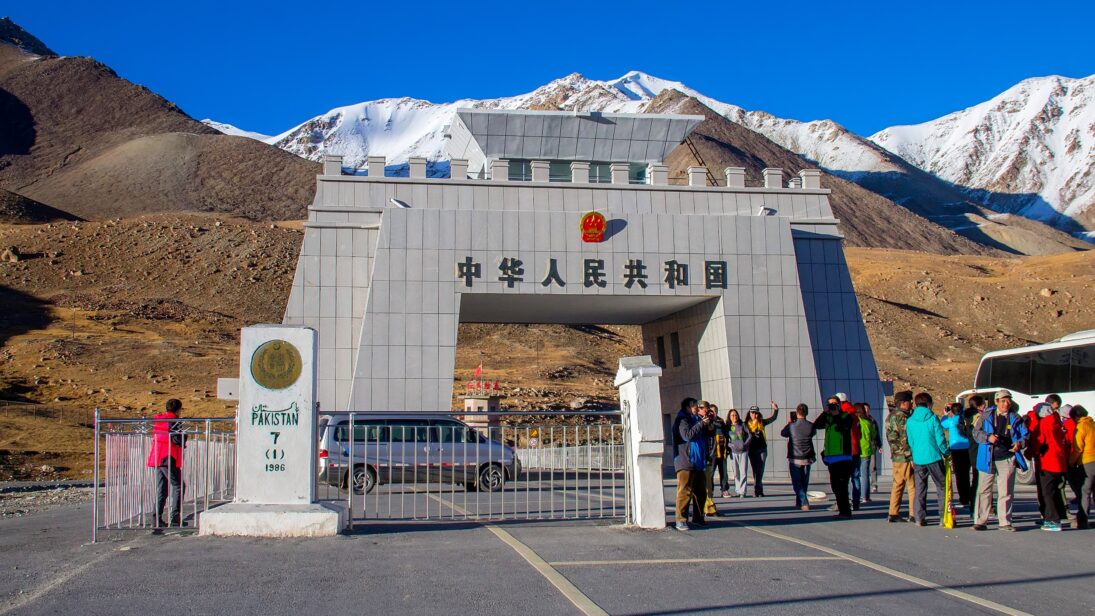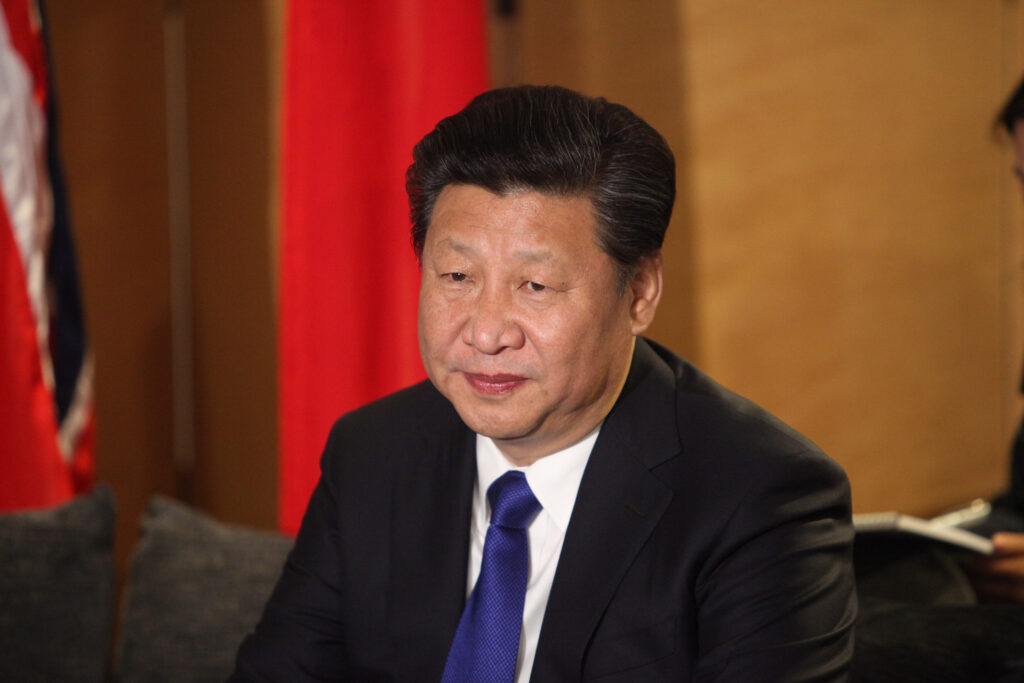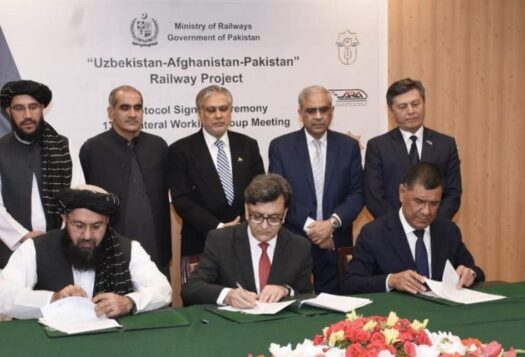
The recently established China-Pakistan Air Cargo route is a significant addition to the China-Pakistan Economic Corridor (CPEC). With an initial total commitment of over $65 billion, and an additional $25.4 billion in direct investment since 2014, CPEC has been fundamental to the countries’ developing bilateral relationship and played a crucial role in fostering economic growth in Pakistan, China, and the surrounding areas. The air freight route not only strengthens economic ties, but also signifies a strategic shift. With this recent development, China has prioritized a CPEC project aimed at strengthening its regional relationships through the diversification of transportation networks. However, several logistical obstacles remain to achieving the route’s full economic and strategic potential.
Opportunities Presented by the Ezhou-Lahore Route
This new air cargo route can significantly improve the speed and efficiency of cross-border trade, fostering collaboration, innovation, and economic integration. The Ezhou-Lahore route is scheduled to run three times weekly, offering a weekly air transport capacity of over 300 tons. The route promises to reliably facilitate commercial trade between China and Pakistan while offering enhanced logistical support for Chinese firms seeking to expand into the Pakistani market.
Air cargo plays a crucial role in global trade, transporting around 35 percent of the total value in less than one percent of the total volume. Countries that have well-established air cargo connections are in a more advantageous position to become part of global value chains, as seen in the United Arab Emirates (UAE)’s Dubai International Airport and Singapore’s Changi Airport. Similarly, if Pakistan uses this route effectively, it will improve its position in the global supply chain.
The Ezhou-Lahore air cargo route promises to be an initial milestone towards establishing Pakistan as a more active participant in the global supply chain network.
The air transport sector makes up USD $2 billion of Pakistan’s GDP and is capable of contributing much more. Presently, the air transport industry in Pakistan provides substantial employment opportunities, supporting over 500,000 direct and indirect jobs. These occupations span several sectors such as airlines, airport operations, supply chain management, and tourism-related services. The International Air Transport Association expects air transport in Pakistan to rise by 184% in the next 20 years, resulting in an estimated 22.8 million more passenger departures by 2038. This growth trajectory, if met, would facilitate Pakistan’s trade connectivity and result in a GDP gain of roughly USD $9.3 billion and 786,300 jobs. In terms of the Air Trade Facilitation Index, Pakistan ranks 67out of 124 countries in its ability to facilitate air cargo.
These statistics highlight the crucial importance of efficiently using Pakistan’s air transport infrastructure to promote economic growth, create jobs, and enhance Pakistan’s connectivity to global trade. The Ezhou-Lahore air cargo route promises to serve as an initial milestone towards achieving this objective and establish the country as a more active participant in the global supply chain network.
The Ezhou-Lahore air cargo route has the potential to facilitate commerce for high-value commodities and advanced industrial sectors that depend on fast, dependable, and secure transportation. It also opens up new avenues for businesses to access markets efficiently. Items transported on the Ezhou-Lahore route are likely to primarily consist of textiles, 3C electrical products, and electronic equipment. This mode of transportation not only ensures that the goods will be delivered quickly, but also minimizes the risk of damage, enhancing the competitiveness of businesses in both China and Pakistan to foster economic growth and prosperity in the region. Sectors like airline and airport operations, aircraft maintenance, air traffic control, and passenger services will also create jobs within Pakistan’s struggling economy.

To maximize its potential economic gains, Pakistan can take advantage of the increased volume of international commercial flights and air cargo through Asia. The rate of air cargo traffic along three significant trade routes – Europe-Asia, Middle East-Asia, and Africa-Asia – grew 3.2 percent, 6.6 percent, and 10.3 percent in 2023, respectively. Pakistan should prioritize infrastructure improvements that allow the country to position itself at a strategic point on this route to capitalize on increased trade activities, enhancing its global trade footprint.
Obstacles to Integrating the Plan
Although the air cargo route between China and Pakistan offers substantial economic advantages, both sides should consider the obstacles to integrating the route into the CPEC framework.
Operational logistics present a significant obstacle, as clearing customs procedures necessitates precise coordination. To ensure the route’s smooth running, both countries will need to handle regulatory obstacles, such as customs procedures, licenses and permits, tariff and tax concerns, and aviation regulation compliance. Pakistan should undertake regulatory reforms to create a conducive business environment for domestic and foreign investors participating in CPEC projects. This may include streamlining bureaucratic processes, improving transparency and accountability, and adhering to international standards. Greater investment in infrastructure development projects would also benefit efficient cargo handling.
Addressing security issues is also important for the smooth functioning of this route; otherwise, it could be hindered by incidents such as past attacks which have targeted Chinese officials associated with CPEC projects. Moreover, weather-related disruptions – such as heavy fog, monsoon rains, and high winds – and geographical constraints, such as mountainous terrain along certain route sections, exacerbate operational difficulties. In the past, plane crashes have affected air traffic along the route.
Pakistan should prioritize infrastructure improvements that allow the country to position itself at a strategic point on this route to capitalize on increased trade activities, enhancing its global trade footprint.
Challenges specific to air cargo curtail its applicability. These include exorbitant air transport expenses, restricted cargo capacities compared to alternative modes, and additional logistical arrangements from the airport to the final destination. Moreover, the aviation sector’s emissions have notable environmental repercussions and account for 3.5 percent of the recent change in climate. Failure to address these challenges could impede the CPEC project’s aims of enhancing trade connectivity and economic development between China and Pakistan.
It is important to note that the China-Pakistan air cargo route does not aim to replace existing commercial routes, but rather to complement them. Investments in alternative transport modes and routes may be necessary to fully realize the air route’s benefits. Pakistan’s National Transport Policy aims to integrate cutting-edge technologies, such as Big Data, drones, robotics, and artificial intelligence, into Pakistan’s current transportation infrastructure. Cutting-edge technologies like real-time tracking and cargo robotics are particularly applicable to the air cargo route. Customers can track the precise location of their goods and monitor important factors such as temperature, humidity, and other key characteristics by using Internet of Things (IoT) sensors, GPS, and data analytics to reduce the likelihood of delays or harm.
Domestic Hurdles Remain the Barrier to Reaping Benefits
The new air route connecting China and Pakistan fits into the broader goals of CPEC by improving commerce, stimulating economic growth, fostering regional connectivity, and bolstering China’s international trade aspirations. Given the specialized functions and benefits of air cargo-based trade in contemporary commerce, it is poised to amplify trade volumes between the two nations significantly.
CPEC has already begun to demonstrate profits and impact the trade balance between Pakistan and China. However, the extent to which Pakistan is able to benefit from this collaboration hinges on Pakistan’s proactive efforts to invest in logistical infrastructure and address the domestic hurdles that prevent the country from fully realizing the project’s economic advantages, particularly bureaucratic red-tape and prevalent security issues. Amid the economic crisis, Pakistan should prioritize economic diversification, enhance manufacturing, and develop human capital to maximize Pakistan’s gain from China’s CPEC investments.
Also Read: Ten Years of CPEC: A Decade of Disappointments.
***
Click here to read this article in English.
Image 1: China and Pakistan’s International Border via Wikimedia Commons.
Image 2: Xi Jinping via Wikimedia Commons.


